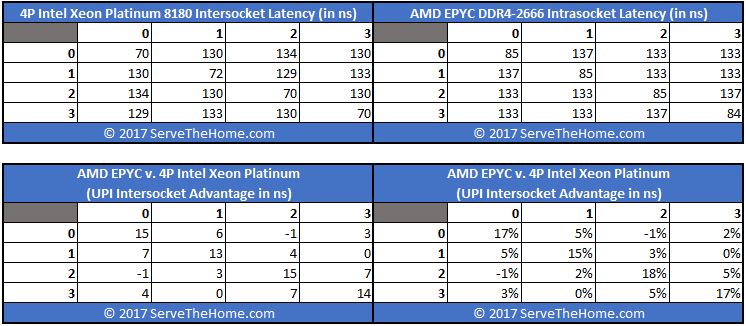With GDDR6 on the horizon, a 256 bit card will have up to 448 gb/s of bandwidth. A 384 bit card will have 672 gb/s.
I just don't see a need for HBM in the consumer space if yields and prices are every bit as bad as people say. It's not worth saving 15 watts. A better solution is to just better engineer the chips.
I just don't see a need for HBM in the consumer space if yields and prices are every bit as bad as people say. It's not worth saving 15 watts. A better solution is to just better engineer the chips.
![[H]ard|Forum](/styles/hardforum/xenforo/logo_dark.png)
